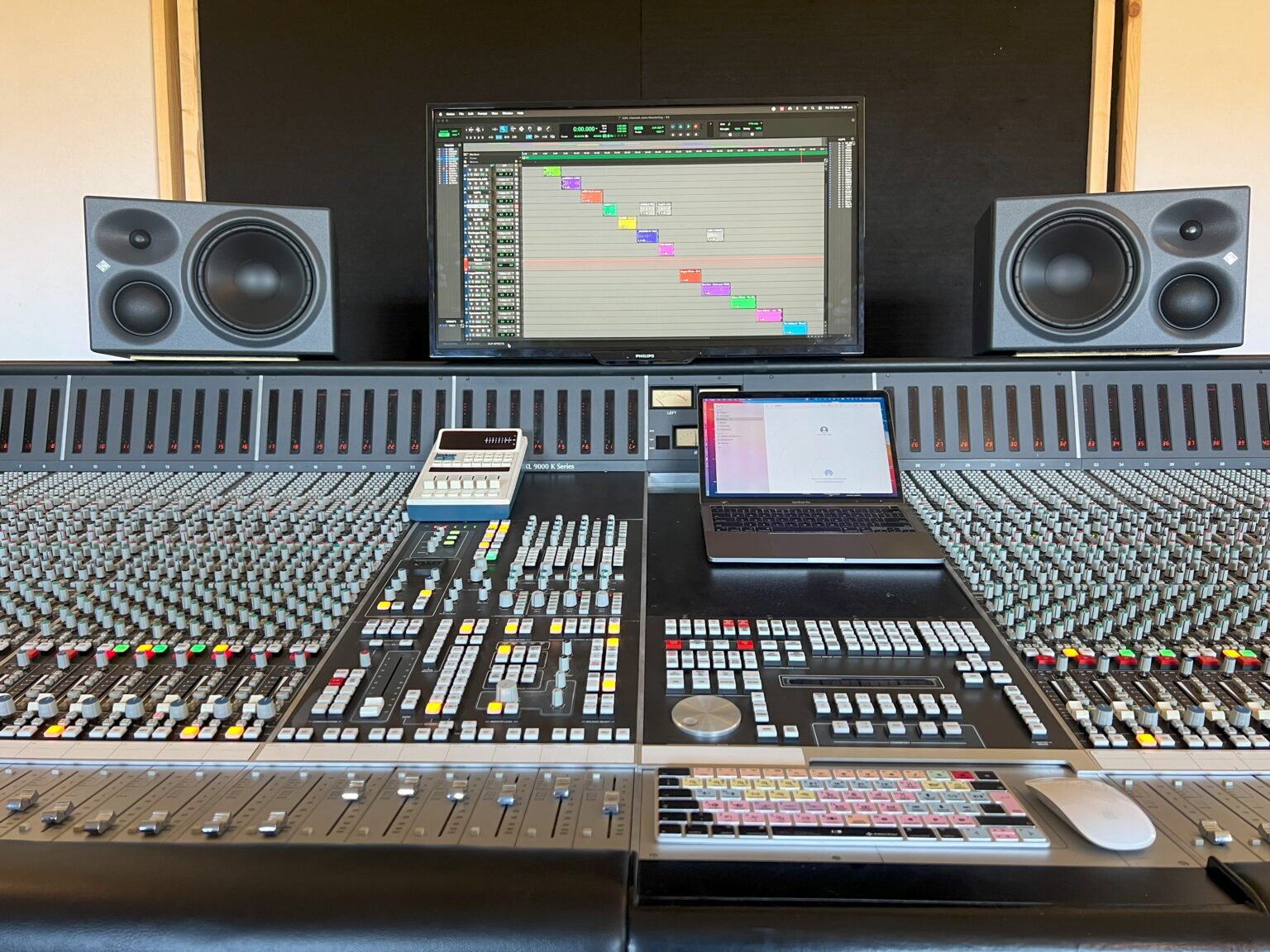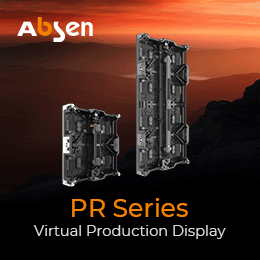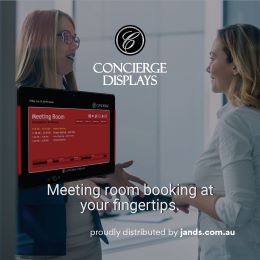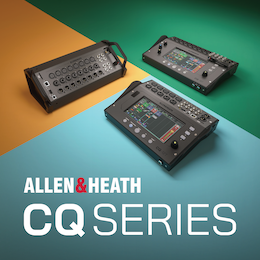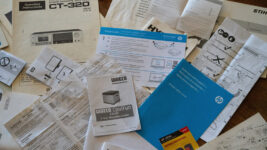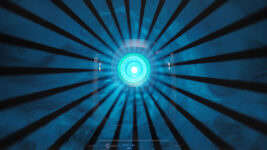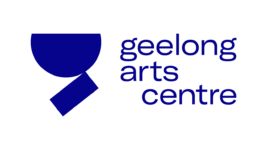Subscribe to CX E-News
Not too many studios install a 3.6m, 900kg, 56-input analogue console… at home. But for this particular wood duck the idea seemed not only plausible, but also an unmissable, one-off opportunity with no downside. Turns out the downsides were considerable, but regrets? I have none.
Most studios are ‘home studios’ these days; a term we’re all familiar with in the audio industry by now. These setups are shoehorned into every conceivable space where audio enthusiasts and professional engineers alike have been let off the leash barely long enough to claim the space, growing like mushrooms in spare bedrooms, garages, lofts, attics and garden sheds, assuming every shape and size, and performing almost every function known to the audio industry. They are almost singlehandedly responsible for the massive growth in the ‘consumer pro audio’ market sector, without which the audio industry as we know it would be utterly unrecognisable, for good or ill.
As a result of the explosion in this market sector, there are very few commercial studios left, at least by any traditional definition of that term. Like a giant sponge, the home studio phenomenon has absorbed the lion’s share of the world’s audio clientele, and any commercial studios robust enough to survive the initial blast have evolved to fit the new landscape, offering different types of services to a far larger pool of smaller clients.
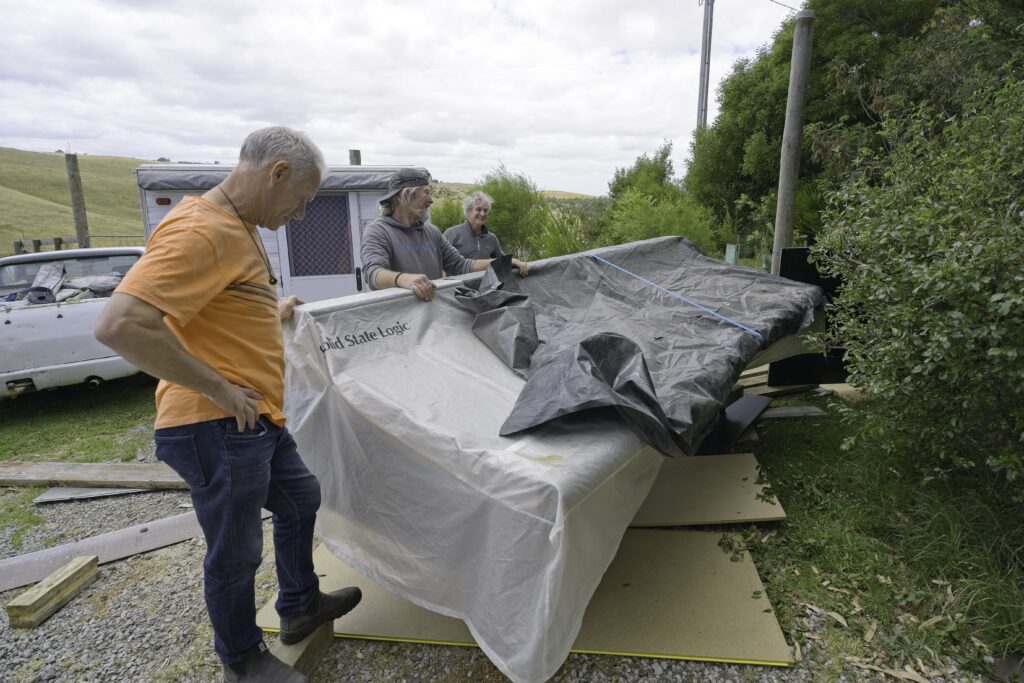
My own studio, The Mill, which was named after the destructive timber mill that once resided on my property down here in Woolamai, Victoria, is a little different to either of these concepts, or perhaps a hybrid of both.
The studio is set on 21 acres in a distinctly rural environment. We don’t cut down pristine rainforest on the property like the previous owners once did; and no doubt they’d be horrified to discover that we’re regrowing indigenous bush here again to help restore the native habitat for echidnas, wombats and occasional studio clients to amble through.
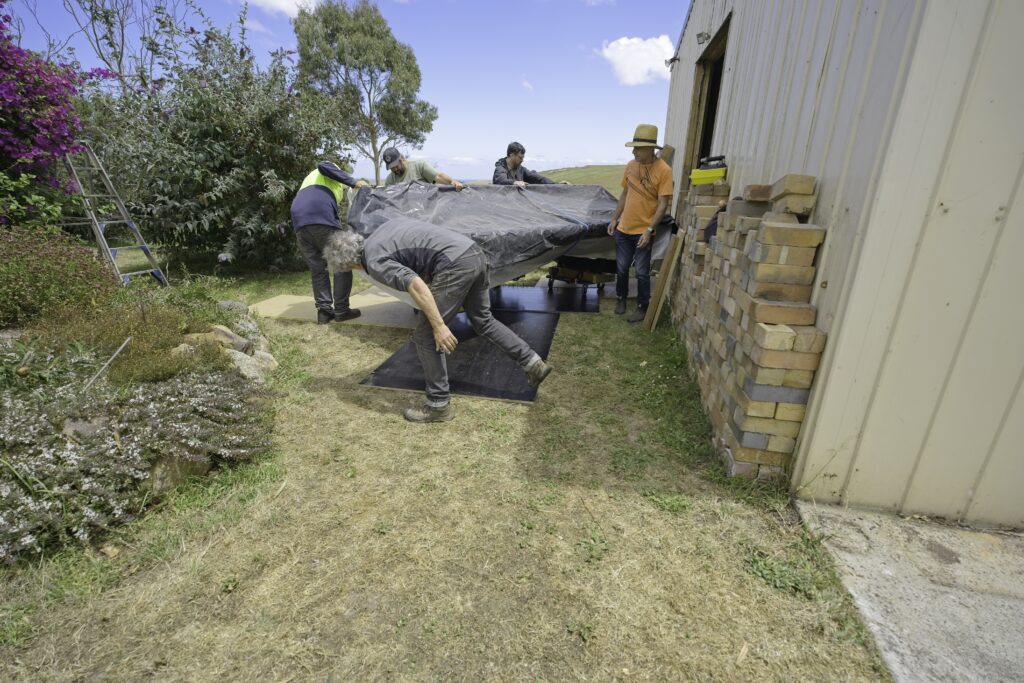
While The Mill is certainly a studio at home, it’s very much a commercial studio in every other respect. It’s not shoehorned into a spare bedroom, that’s for sure, but it is theoretically housed in the garden shed, albeit a very large one. The studio was built 17 years ago now inside a repurposed three-bay tractor garage that’s a short walk away from the house, literally down the garden path. Commuting to work, needless to say, can be hellish.
The studio has evolved over the years, and in that time more audio gear than I care to contemplate has marched in and out the door, apart from a few cornerstones of the setup that, until recently, hadn’t changed much at all: the Neve console, the Studer tape machine, the monitors, most of the outboard gear and even the Pro Tools rig. These had all been my day-to-day workhorses, helping me produce great sounding albums for a wide array of clients and colleagues.
But recently all that changed.
Over a two-year period, and not based on any specifically planned need for change, some momentous shifts took place down here, the dust around which is still settling. Basically, I got sick and tired of walking into the studio every day and sitting down at my beloved Neve. Now I realise this statement might seem a bit rich to some: I mean, who wouldn’t want to go to work every day, recording, mixing and mastering records at the helm of a cool desk like that, right?
Well sure. There’s no doubt about it, the Neve was great. But for me, I was just sick and tired of it in the same way as you might get sick of your own office furniture after 17 years. It’s a thing…
The difference with getting sick of a piece of furniture like the Neve, however, is that it was not only the technical, electrical and physical centrepiece of the studio, it also weighed several hundred kilos, didn’t like being moved, and in the specific case of The Mill, required an external wall of the building to be removed if the console were ever to be extricated safely from the premises.
Needless to say, any prospect of swapping consoles couldn’t be based solely on some whimsical notion that I was simply ‘sick of sitting in front of it’ or ‘just needed a change’. Indeed, this would be no mere spruce up of the office furniture. A momentous undertaking like this would set in motion a hugely disruptive, long-term saga.
But like most decisions around personal studio setups that don’t require unanimous agreement between a board of directors, or the nod from a sceptical bank manager, I went ahead and pulled the trigger anyway… just because I ‘needed a change’.
Yep, my decision was whimsical, self-indulgent and naïve, based around a need for change (in the absence of a holiday). Actually, in truth, I’m being a little self- deprecating here about the decision to throw my entire audio setup into disarray. While there’s some truth to my decision being a little on the whimsical side, the decision also involved some fairly grounded technical needs and ambitions that were based around my experience of the sonic capacities of other consoles –specifically SSLs. I even had an Excel spreadsheet documenting the projected (and final) costings of the entire escapade, including shipping! Crazy stuff, I know… so organised.
Stalemate
To me the setup at The Mill had grown stale and predictable. While it still sounded great and got the job done, I really wanted both the studio, and me personally, to become far more capable of a wider variety of sonic manipulation than the old setup had ever achieved before. And I wanted to be excited again about going to work. How else was I going to survive the hellish commute? Maybe COVID had made me sick of my surroundings somehow. I guess I’ll never know.
But while my heart was already set on the idea of a change, my head hadn’t decided anything specific. So, when the prospect of a ‘new’ (second-hand) SSL console suddenly appeared on the horizon out of the clear blue sky, I was a little unprepared by the reality of what was to follow.
I’d been chatting to colleagues here and there about my malaise with the Neve and my genuine interest in finding an SSL of some description – indeed, I thought I’d found one in Adelaide at one point, but the seller wanted too much for it and the conversation eventually fell silent. Then, somewhere along the line, one of these idle conversations got back to the staff at SAE in Byron Bay, and soon after I took a cold call from them asking if I’d be interested in their SSL.
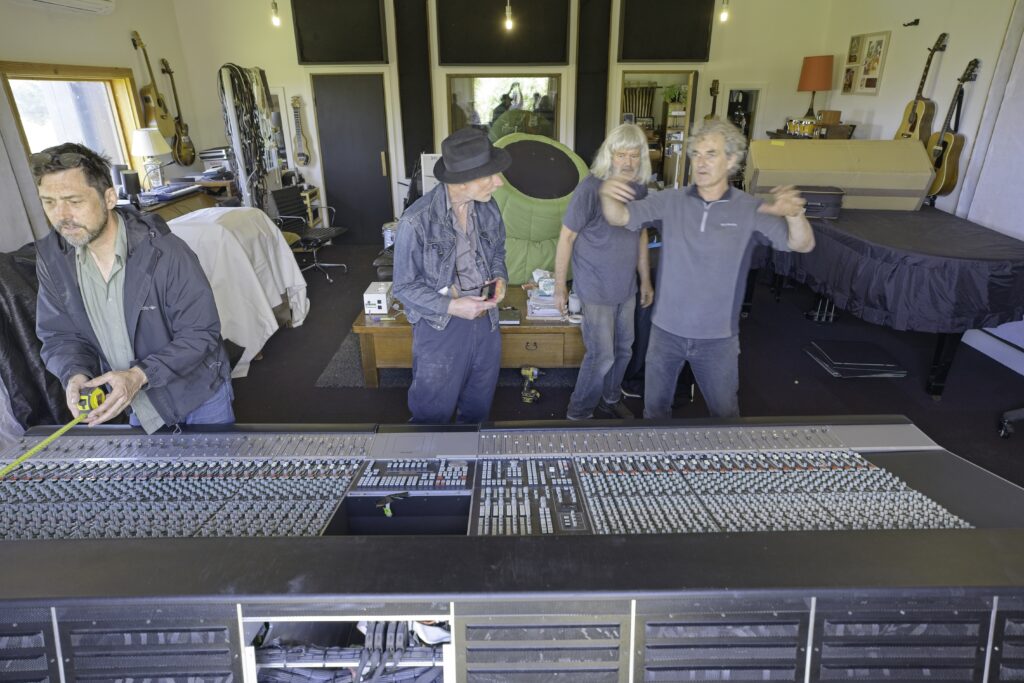
When I realised it was their K-Series console they were selling, my answer was a resounding yes. I had mixed on a 9000K several times before and had always loved the depth and breadth of their enormous sound stage, but never in my wildest dreams had I thought I’d eventually be the proud owner of one.
The Ball Rolleth
Almost before I’d even really grasped the ramifications of this momentous decision, I became the new owner of a 56-channel SSL 9000K, the very same console I had once been invited to check out by its previous owner, Tom Misner, back in the early noughties when the console was new. Tom had himself (by his own admission) bought the console on a whim off the tradeshow floor at AES in New York… a very expensive whim indeed!
But the console I purchased was certainly not new, indeed it wasn’t working at all! According to the staff at SAE, the console had both power supply and onboard computer problems, neither of which they seemed inclined any more to want to fix. In fact, the console I was purchasing was, in their minds, an unrecoverable, 900kg lump of very awkward metal.
So, as unattractive as that all might sound on paper, I went ahead and bought it anyway, aware that the purchase might become a far longer-term project than I had initially hoped for or envisaged. Initially then, when the SSL arrived at The Mill one wild Winter’s day, we unloaded it into an adjoining shed, rather than directly into the studio. (If there’s one thing I don’t lack down here, it’s shed space!)
For many months afterwards the console was worked on in this second space to avoid endless disruption to my day-to-day work, which was both a blessing and a curse, in hindsight. James Wilkinson, Geoff Williamsons, Steve Crane and Al Smart (remotely) all contributed their time and expertise to the project, and progress was initially slow and erratic.
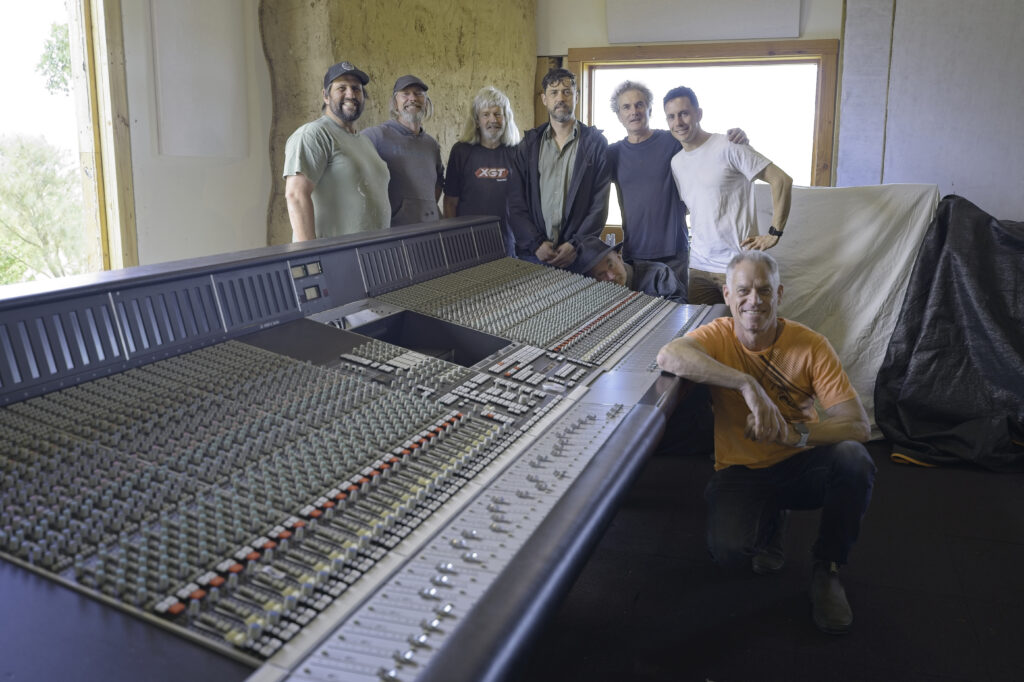
But now the console is alive and well; installed in the main control room at The Mill after a short journey across the lawn between the two buildings, strapped to a couple of highly distressed dollies. The Neve was wheeled out somewhat unceremoniously first through a hastily deconstructed gap in the outside wall, looking more than a little miffed that it was getting so ruthlessly replaced. The K was wheeled in with the help of 10 blokes and a block and tackle, and by nightfall the wall was back up and everything – somewhat miraculously – had gone according to plan.
Subscribe
Published monthly since 1991, our famous AV industry magazine is free for download or pay for print. Subscribers also receive CX News, our free weekly email with the latest industry news and jobs.


